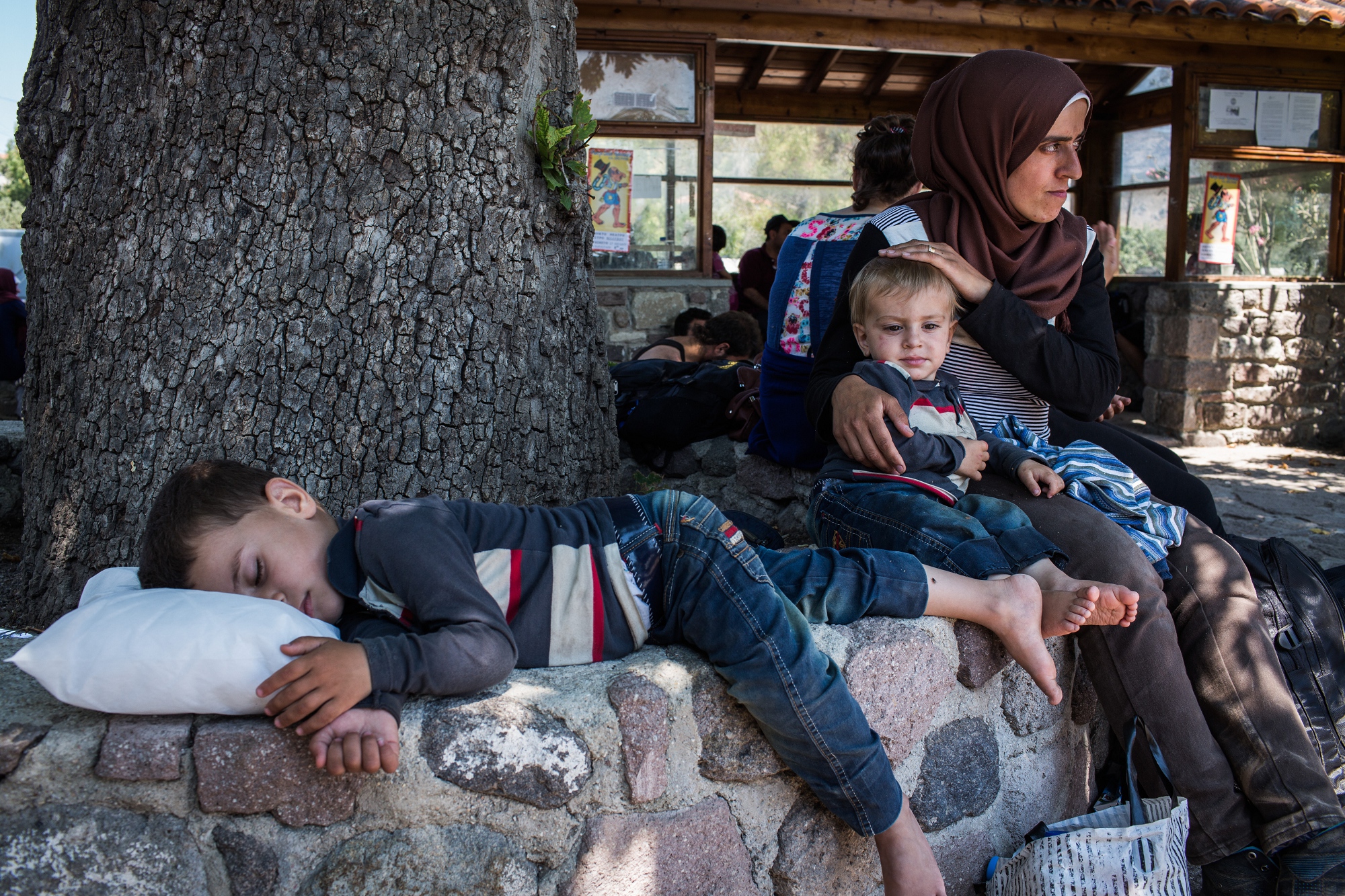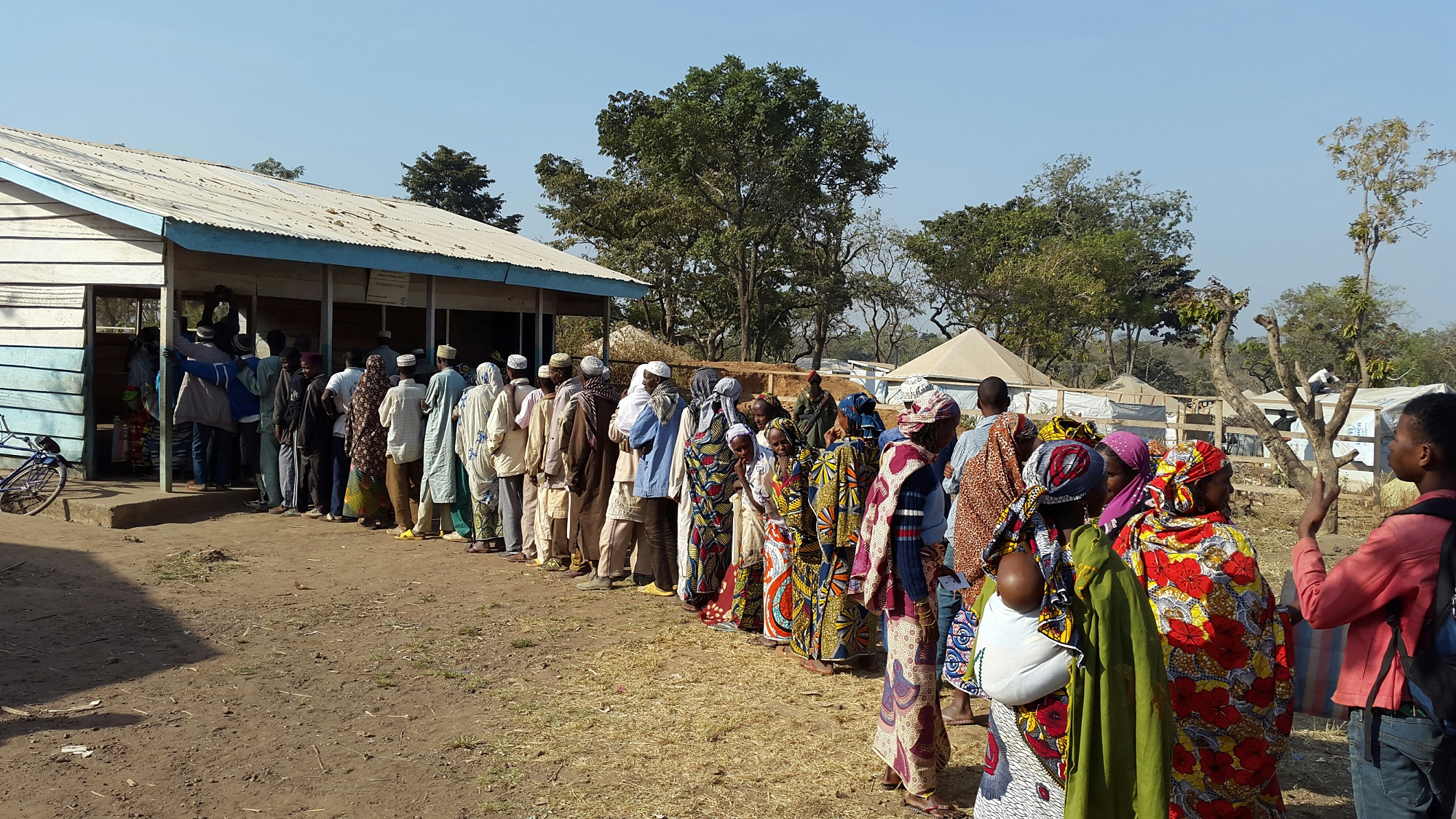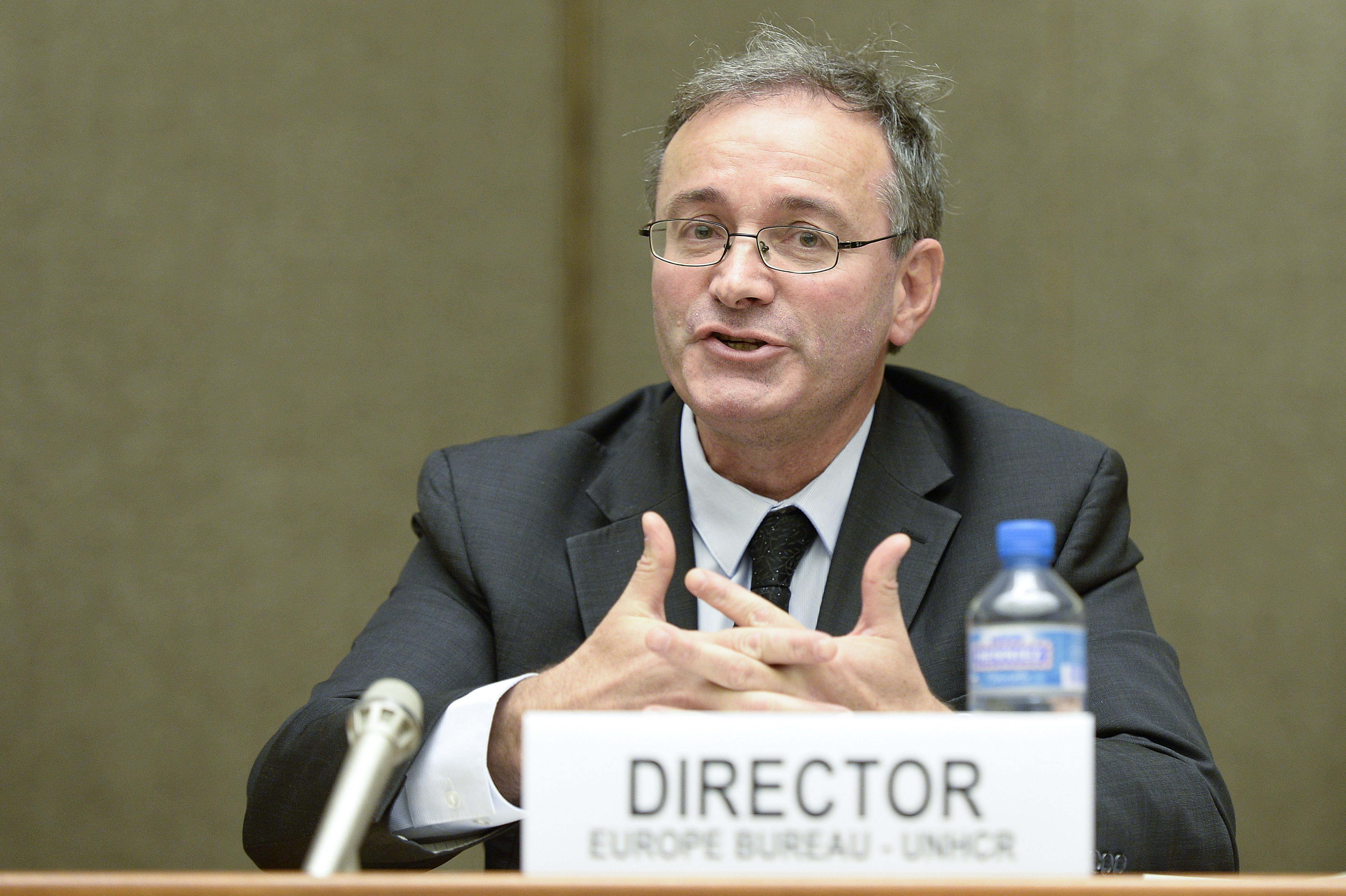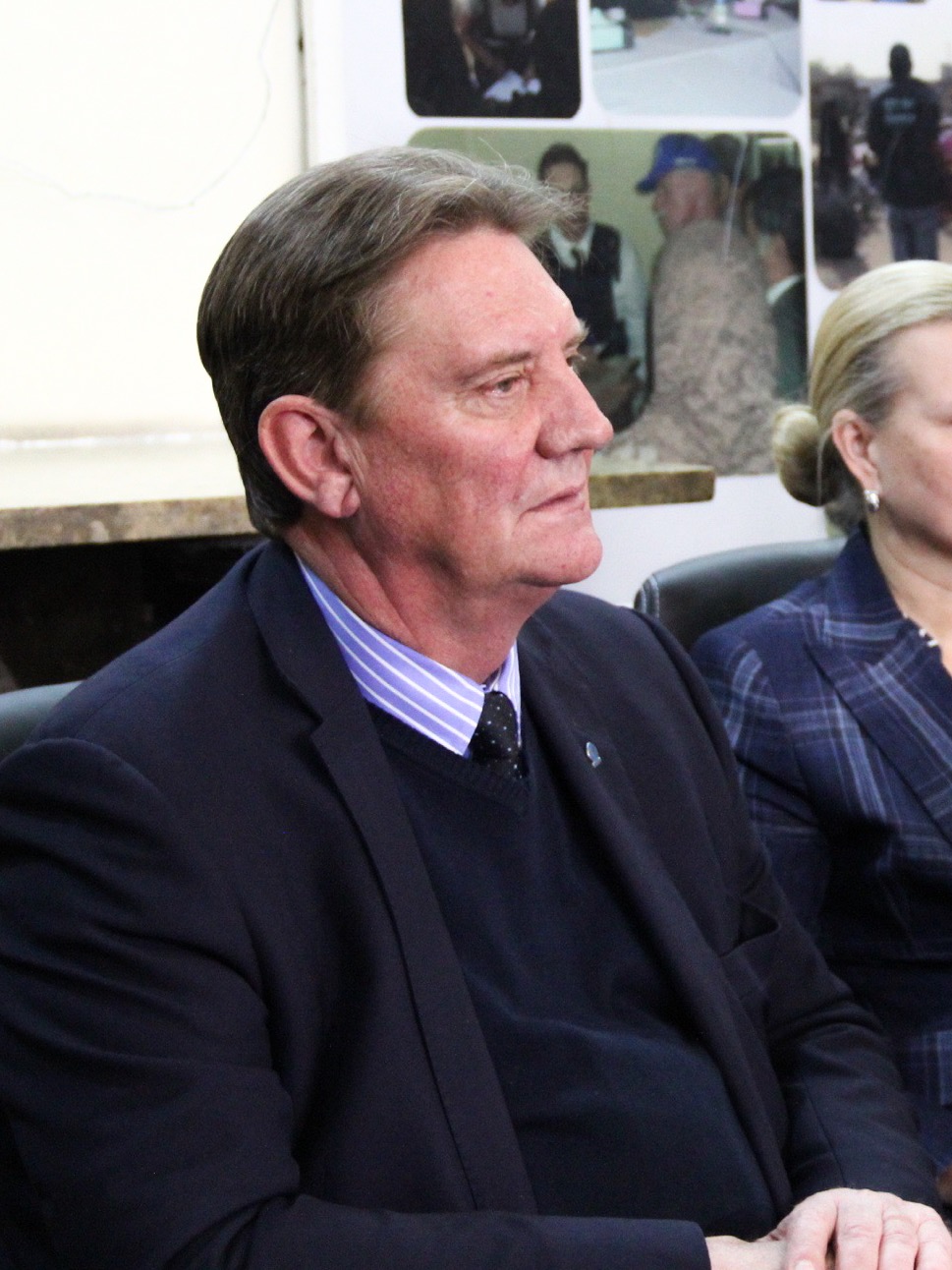Q&A: Confidence building programme helps Sahrawi families reconnect
Q&A: Confidence building programme helps Sahrawi families reconnect

GENEVA, April 25 (UNHCR) - Since 2004, the UN refugee agency has been running a programme of Confidence Building Measures (CBM) aimed at establishing direct contact between separated families from the Western Sahara and at helping them reconnect. At the heart of the CBM programme are weekly flights that briefly reunite Sahrawi refugees living in windswept, arid isolated camps in western Algeria's Tindouf region and their relatives in the Western Sahara Territory. In what has become one of the world's most protracted refugee situations, the Sahrawi started arriving in western Algeria in 1976, soon after Spain withdrew from the Western Sahara and fighting broke out over its control. To ensure that more people can benefit from the reunion flights, UNHCR earlier this month began using a larger aircraft - a Boeing 737 - between Tindouf and cities in Western Sahara. Georges-Patrick Menze, acting head of the CBM programme, spoke to UNHCR Web Editor Leo Dobbs about the reunions. Excerpts from the interview:
Tell us about the Confidence Building Measures programme
The programme is implemented by UNHCR to facilitate the exchange of family visits between separated Sahrawi families - those in the refugee camps in Algeria and their relatives in the [Western Sahara] Territory. The main objective is to give them the opportunity to reconnect and to relieve the suffering caused by the separation of families.
It started in 2004 after a plan of action was concluded between the Polisario Front [representing many Sahrawi refugees] and the Kingdom of Morocco. Algeria is the host country for the Sahrawi refugees.
The purpose is to mitigate the effect of this prolonged separation of families that have not seen each other for a long, long time. Besides this, it is also aimed at breaking the isolation and creating an environment that could contribute towards a solution.
What are these confidence building measures?
We have carried out a number of activities since 2004. First of all there are the family reunion visits. There was also a free telephone service to allow refugees in the camps around Tindouf to contact and to stay in touch with their families in the Territory. And there has been a seminar on Hassaniyah culture, which took place for the first time last year in [the Portuguese island of] Madeira. Sahrawi from both sides participated and discussed the Hassaniyah culture, traditions and heritage of the Sahrawi. It went very well.
In a recent CBM meeting [in Geneva between UNHCR and representatives of Polisario, Algeria and Morocco], the participants agreed to discuss the introduction of new activities, especially the use of new technology like the internet.
Tell us more about the family visits
For the time being we are carrying out these family visits by air. Families are selected to travel from the refugee camps near Tindouf to the Territory, and vice versa.
The aircraft take families from the Western Sahara towns of Laayoune, Smara, Dakhla, Awserd and Boujdour. The Tindouf camps have similar names. The family visits normally begin on a Wednesday. The refugees are taken from their camp to Tindouf airport, where they board a flight headed for towns in the Territory. Those from Laayoune camp go to Laayoune city, and it's a similar arrangement for those going the other way. The families stay together for five days. In the camp they - the host families and the travellers - receive a grant from UNHCR.
The Antonov aircraft we have used are chartered from MINURSO [United Nations Mission for the Referendum in Western Sahara]. The average number of people carried per flight is 30 [compared to more than 180 on the Boeing 737]. We estimate that about 13,000 out of the 43,000 registered refugees in Tindouf have benefitted.

Do you think the Sahrawi appreciate the CBM programme?
Yes, they do, it is very popular among the population on both sides. They have high expectations of this programme. And it's very touching to see families reunited. You see people with tears because they have not seen each other for so long and thought they never would. Last year, a 45-year-old man flew to Tindouf to see his mother and other family members, who had been living there for decades. He came, he spent a few hours and then the mother died. This was a farewell. You have many stories like this. So it's a programme with substantial value for the Sahrawi. It gives something to those in the camps who don't know if they will leave.
Is any major change likely soon?
We are in a status quo situation. It has been so for several years . . . Most of the refugees that I meet tend to say that they are forgotten.








